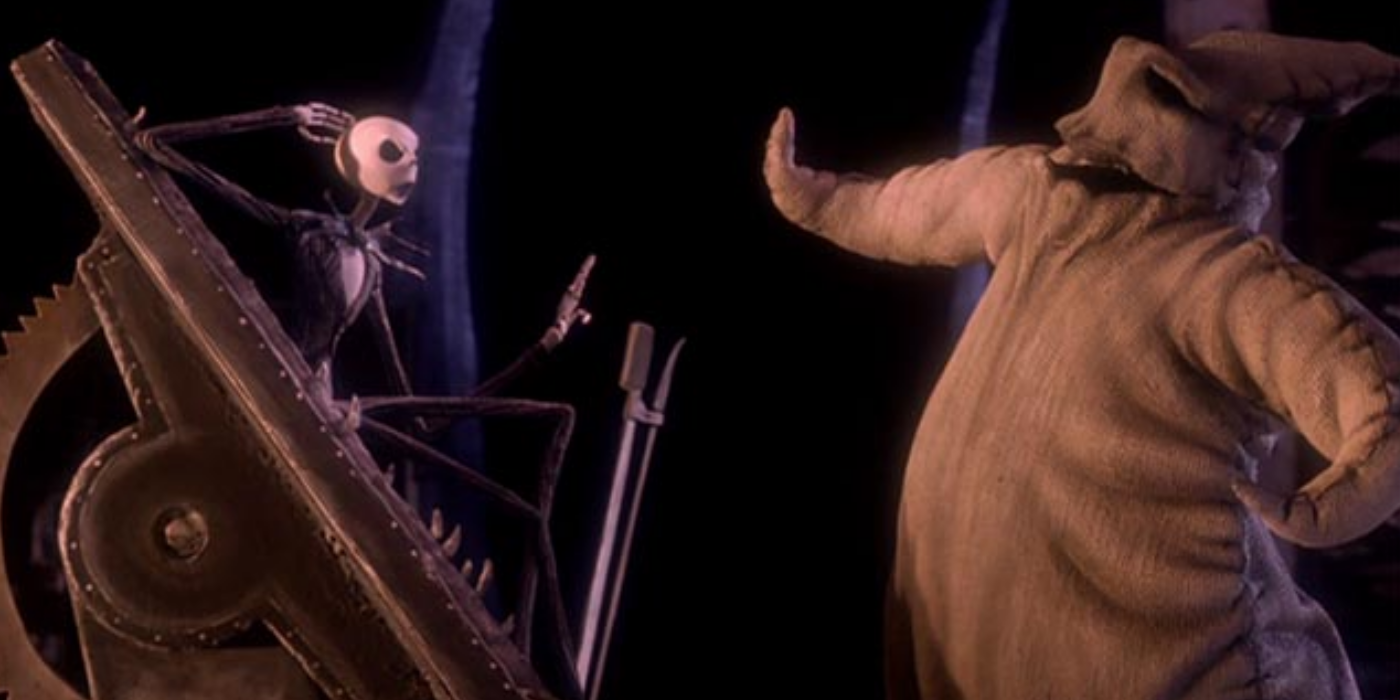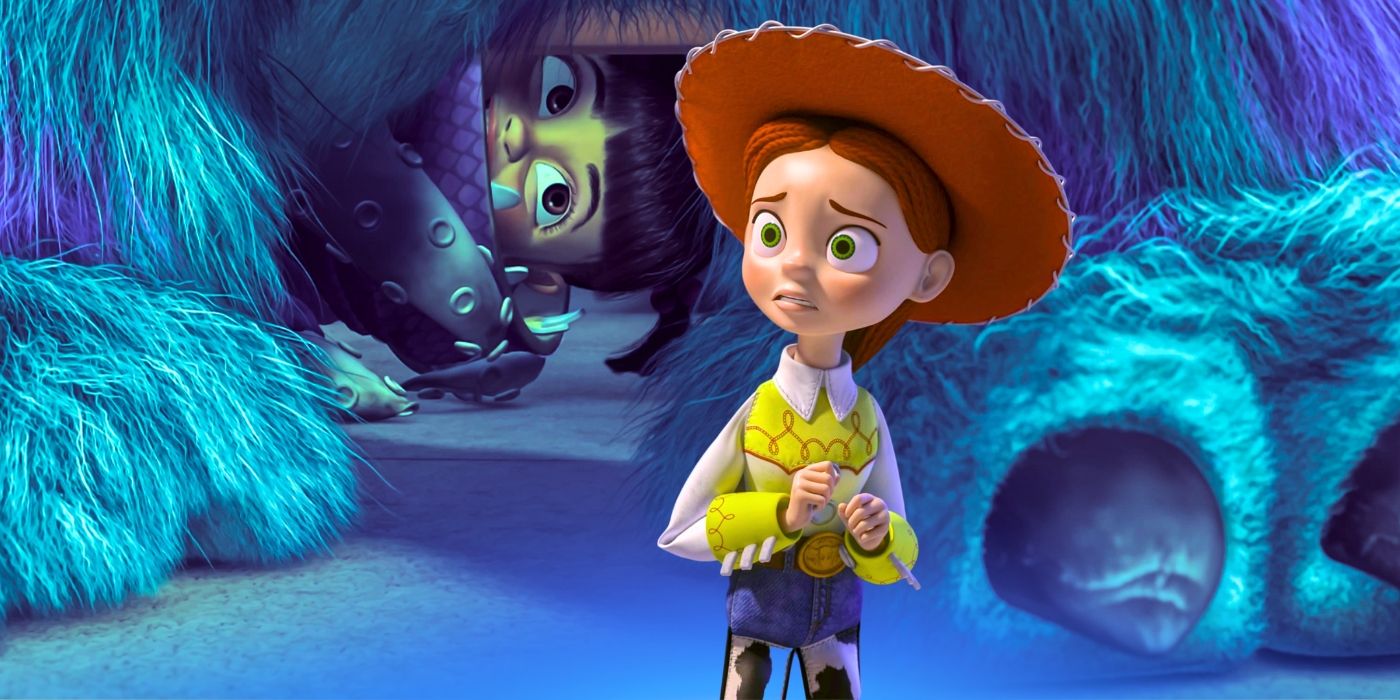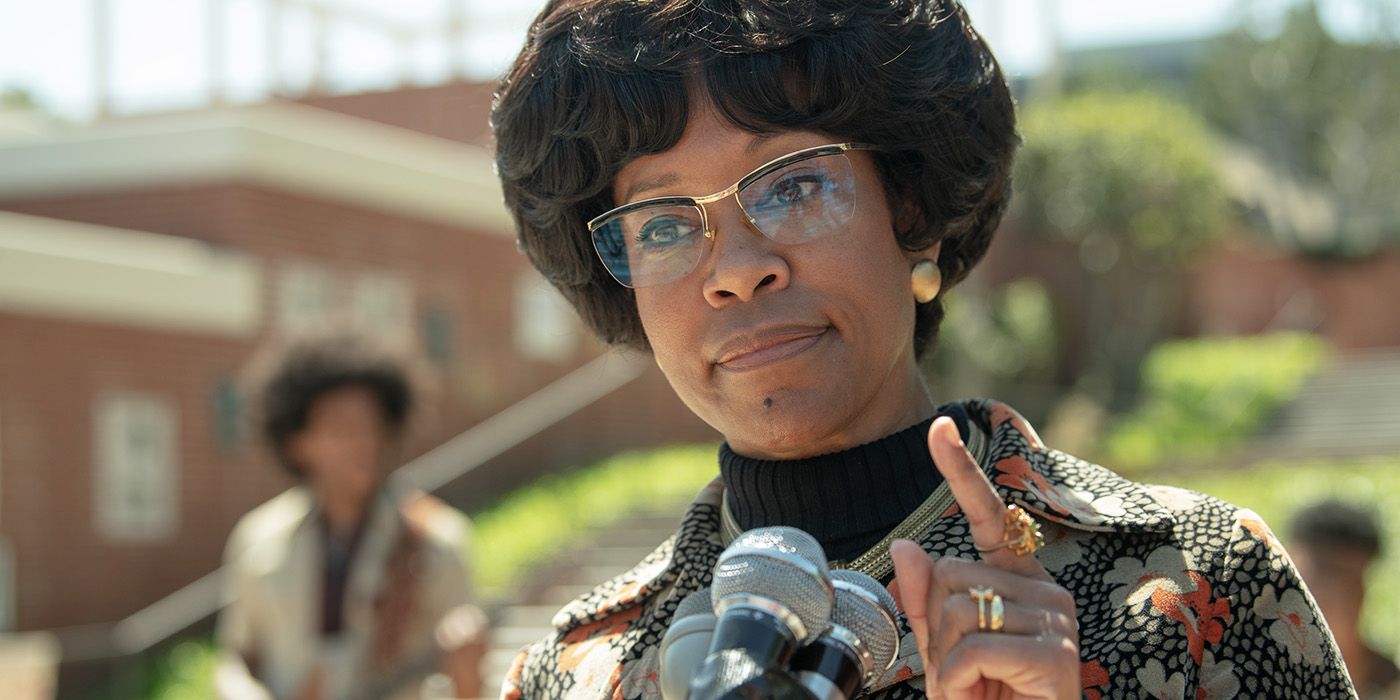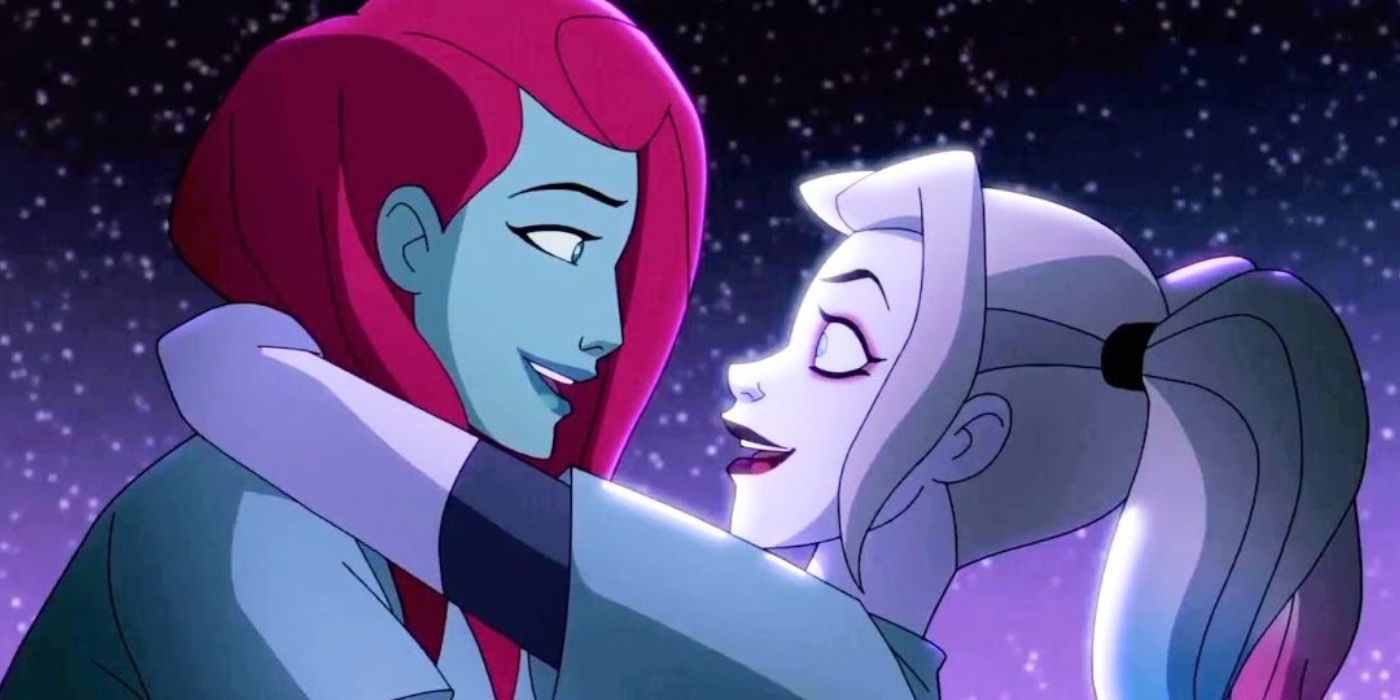The Big Picture
- Oogie Boogie is a beloved villain in Tim Burton’s The Nightmare Before Christmas, embodying the fun evilness of classic Disney antagonists.
- The character was not in the original poem by Tim Burton and was created solely for the movie by director Henry Selick.
- Oogie Boogie adds conflict to the story and serves as a villain for Jack to overcome, but his appearance is ultimately inconsequential to Jack’s emotional journey.
Tim Burton’s The Nightmare Before Christmas, the 1993 hybrid Halloween-Christmas seasonal favorite directed by Henry Selick, celebrates its 30th anniversary as the holiday cult classic oozing with hauntingly beautiful music and dazzlingly macabre stop-motion animation. Originally conceptualized as a storybook poem by Tim Burton during his time as an animator at Walt Disney Animation, the tale of Halloween Town’s Pumpkin King hijacking Saint Nick’s Christmas Eve flight has since become a gothically cheerful Danny Elfman musical and merchandising juggernaut for generations of fans. Characters like the Pumpkin King himself, Jack Skellington (Chris Sarandon), ragdoll beauty Sally (Catherine O’Hara), and Jack’s ghostly canine companion Zero have become icons for All Hallows’ Eve itself just as much as Kris Kringle is to Christmas.
Of all of Halloween Town’s joyously creepy denizens, easily the most popular besides Jack himself is Oogie Boogie, the baritone bag of bugs and underground gambling boss of Halloween Town voiced by Broadway star Ken Page of Cats and Little Shop of Horrors fame. Oogie Boogie’s rise in popularity in the more recent years of the film’s fandom has prompted Oogie’s burlap likeness to grace decorations, costumes, and even Disneyland’s seasonal Halloween festivities at California Adventure’s Oogie Boogie Bash. While Oogie has become a beloved Disney villain and integral part of the story’s identity through the film and ancillary appearances, he surprisingly never appeared in the original Burton poem and was created solely for the Selick movie.
The only principal characters to appear in the original poem are Jack, Zero, and Santa Claus as the Burton verse tells, for lack of a better term, a “bare bones” story in keeping with the inspired tone and delivery of classic children’s bedtime stories and holiday tomes akin to its namesake, “Twas the Night Before Christmas.” In bringing the story to feature length, the plot was fleshed out by screenwriters Caroline Thompson and Michael McDowell with new original characters, based on Burton’s concepts and arcs surrounding Jack’s Christmas takeover, such as Sally and her fight for independence from her jealousy-prone mad scientist creator Dr. Finklestein (William Hickey), the literally two-faced Mayor (Glenn Shadix), the antics of the troublesome trick-or-treating trio of Lock, Shock, and Barrel (Paul Reubens, Catherine O’Hara, and Danny Elfman, respectively), and of course, the menace of the no-account Oogie Boogie.
What Is Oogie Boogie Based on in ‘Nightmare Before Christmas’?
In the town of Halloween where there are already menacing monsters and creepy creatures, Oogie Boogie was positioned as the true villain for how much delight he found in being a nasty creature and spiting Jack. While not an officially recognized Disney villain, Oogie Boogie falls right in league with the deliciously fun evil that Disney characters like Jafar and Scar are famous for, but with loads more showmanship. Tim Burton cited the series of classic stop-motion Rankin Bass Christmas specials as influence on The Nightmare Before Christmas, which is reflected in the film’s simple fairy tale plotting and characterizations. In a decade where Disney villains were becoming more three-dimensional in their motivations, Oogie Boogie is portrayed as more of a troublemaker who does what he does just for the fun of it, more of a joyous nuisance than a full-on antagonist.
Ken Page’s jazz-infused operatic performance as the gambling Oogie Boogie man, particularly in his self-titled song, is a masterclass of theatrics and charisma rooted in animation and music history. His deliciously evil musicality and personality, according to Selick via Insider, were based on the swing-time swagger of Cab Calloway and his appearances in Betty Boop Paramount cartoons, most famously the rotoscoped surrealism of the ghostly “St. James Infirmary” sequence in Betty Boop’s “Snow-White.” On top of this, the lyric from “I’m going to do the best I can” from the “Oogie Boogie’s Song” directly references the 1933 Boop/Calloway cartoon “The Old Man of the Mountain.” The animation on Oogie also embodies the kind of bouncy and kinetic energy Calloway is known for, transfixed onto an amorphic sack body full of bugs and snakes.
Why Is Oogie Boogie So Important to the Story of ‘Nightmare Before Christmas’?
Oogie Boogie adds further conflict and higher stakes into the third act as he is the one who keeps a kidnapped Santa Claus and Sally hostage as Jack returns from his yuletide horror-reeking to set everything right. In retrospect, Oogie Boogie’s relevance to the story is a means to an end, giving an external obstacle for Jack to overcome in saving Christmas and reuniting him with Sally. Jack and Oogie are portrayed to have a teased shared history with one another as competitors, which is explored in expanded lore in comics and video games, but is never overtly explored in the film. Jack sees Oogie as an annoyance above anything else and does away with him with a literal flick of the wrist, undoing the sewing holding the walking bag of bugs together. Thematically, Oogie’s appearance is inconsequential to Jack’s story of wanting for more and serves as pure spectacle and fulfills the need for a villain in third act conflict.
Before the like of Prince Hans from Frozen, Wreck-It-Ralph‘s King Candy, and other Disney surprise twist villains, Oogie Boogie was at one point going to be revealed to be Sally’s creator Dr. Finkelstein in an elaborate mechanical disguise, as Thompson revealed in an episode of Script Apart (via Slate). This original concept attempted to make Oogie’s presence in the story more relevant to Sally’s story and her relationship to Jack, with Finkelstein posing as Oogie to teach Sally a lesson for leaving him in favor of Jack. This ending was abandoned to streamline the film’s emotional climax and keep the focus on Jack and Sally themselves.
Born out of needing to stretch Tim Burton’s original concept poem to feature length, Oogie Boogie was added to The Nightmare Before Christmas’ film story to create further external conflict Jack must face in the film’s waning moments. While his character added very little to the story Jack’s emotional journey, Oogie Boogie feels right at home in the film’s world, which already builds itself more on character and spooky spectacle rather than logical storytelling sense. Above all else, Oogie Boogie shines as the film’s boisterous baddie and now an icon for Halloween fun and holiday naughtiness.




